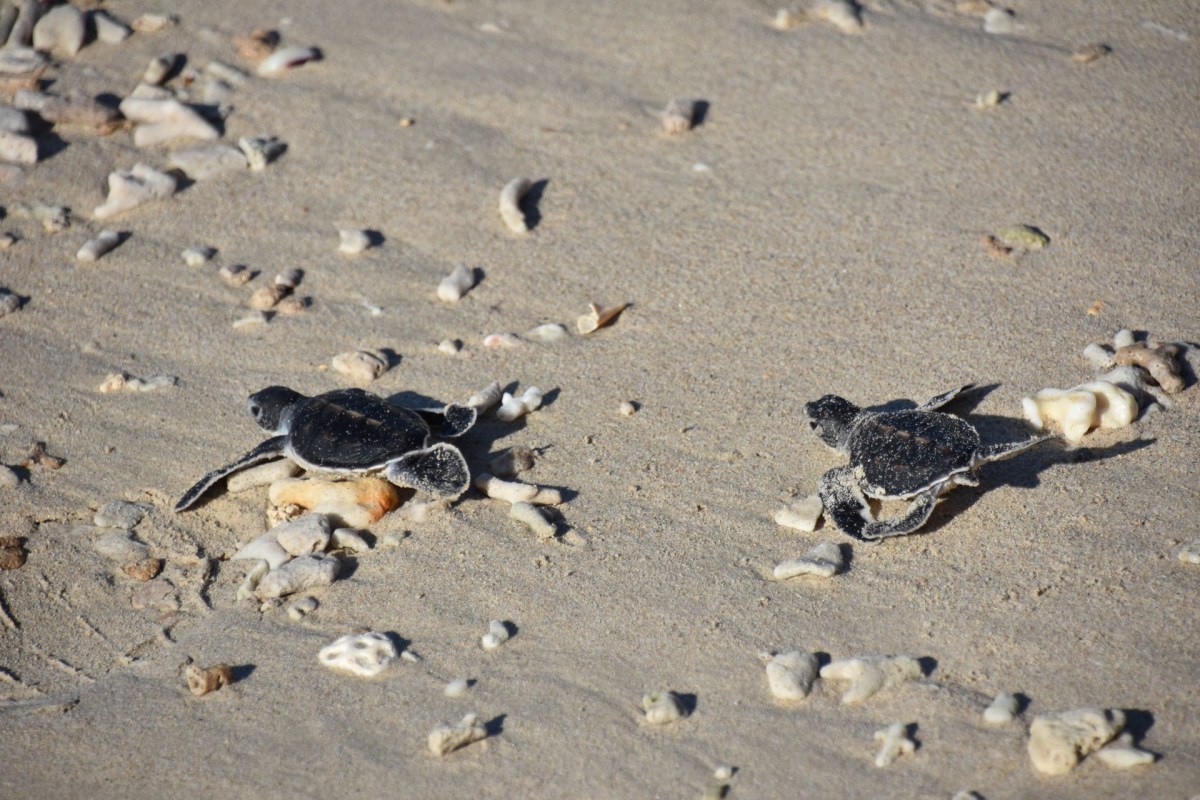In a horrifying discovery, geologists have found rocks made from plastic debris on Brazil's remote Trindade Island. The island, which serves as an important refuge for green turtles, is more than 700 miles from land. The plastic rocks are evidence of how human pollution has now influenced Earth's geological cycles.
What's happening?
The geology team discovered in March that melted plastic had become intertwined with the rocks on the volcanic island, forming what they call "plastiglomerates." By definition, a plastiglomerate is made up of rock fragments, sand grains, debris, and other organic materials welded together with once-molten plastic.
"The pollution, the garbage in the sea, and plastic dumped incorrectly in the oceans is becoming geological material ... preserved in the earth's geological records," Fernanda Avelar Santos, a geologist at the Federal University of Parana, told Reuters.
The plastic rocks were found on a part of Trindade Island that is permanently preserved for green turtles to lay their eggs. In fact, the only inhabitants of the island are members of the Brazilian Navy, specifically there to protect the nesting turtles.
"We identified [the pollution] mainly comes from fishing nets, which is very common debris on Trindade Island's beaches," Santos told Reuters. "When the temperature rises, this plastic melts and becomes embedded with the beach's natural material."
Fishing nets and other gear pose a huge threat to marine wildlife and the ocean's ecosystem. In fact, an estimated 100 million pounds of plastic enter the ocean each year as a result of lost fishing gear.
Why are plastic rocks concerning?
The discovery of plastiglomerates may be a sign that the Earth is entering a new geological era — one where humans are leaving a significant and long-lasting impact on our planet. This era, as reported by the New York Times, is referred to as the Anthropocene epoch.
"Plastics and plastiglomerates might well survive as future fossils," Jan Zalasiewicz, a geologist at the University of Leicester in England, told the New York Times. "If they are buried within [layers of rock in Earth], I don't see why they can't persist in some form for millions of years.
What's being done about it?
This is a big issue, and making a positive change can seem like an insurmountable feat. But everyone can help. As local, state, and federal governments continue to discuss environmental topics, fighting to prioritize green policies is a great way to support change now and in the future.
Cutting down on your own plastic use can also help. Make the swap to reusable, durable items like reusable water bottles, shampoo bars, dissolvable dishwasher/laundry pods, and more. And for the plastic you do use, make sure you know how to recycle it properly.
As Patricia Corcoran, a geologist at the University of Western Ontario, told The Huffington Post, "Even small things make a difference."
Join our free newsletter for cool news and cool tips that make it easy to help yourself while helping the planet.









